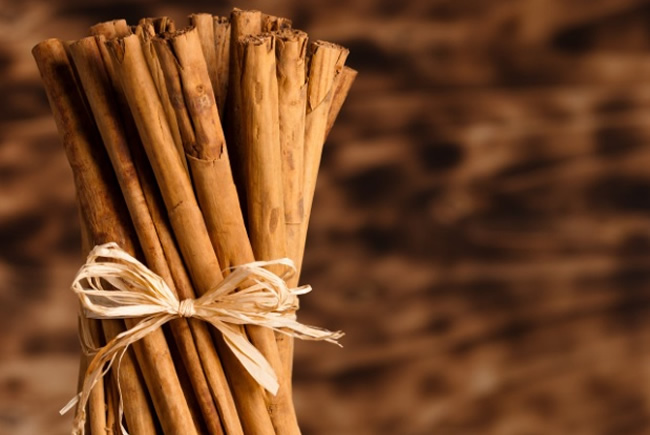
First, all types of cinnamon belong to the same family of plants, called the Lauraceae family. In fact, there are more cinnamon species in this plant family (an estimated 2,000-2,500 total) than any other plant species. Other members of the Lauraceae family commonly enjoyed as foods include avocado and bay leaves.
Cinnamon produces in srilanka is famously known as the “ceylon cinnamon”. The science names for Ceylon Cinnamon areCinnamomum zeylanicum and Cinnamomum verum. The word "verum" in this species name comes from the Latin word verus for "true," and is connected with the reason that you also hear this species of cinnamon being referred to as "true cinnamon”. There are two major types of cinnamon in the world
- Ceylon cinnamon
- Cassia cinnamon
However, There are three important differences between Ceylon cinnamon and the cassia group of cinnamon species that we would like to point out, first, as a medicinal herb, Ceylon cinnamon is better researched, especially in its extract form, than the cassia cinnamons. Researchers know more about the anti-bacterial properties of Ceylon cinnamon extracts, for example.

Second, Ceylon cinnamon has been shown to contain far lower amounts of a naturally occurring substance called coumarin, which can pose toxicity risks if consumed in an excessive amount. Some studies have found one teaspoon of cassia-type cinnamon to contain between 5-12 milligrams of coumarin. Outside of the U.S., organizations like the European Food Safety Authority have recommended no more than 0.1 milligrams of daily coumarin intake from food per 2.2 pounds of body weight. For a person weighing 150 pounds, this recommendation translates into about 7 milligrams of coumarin. These numbers show how it would be possible for a person routinely consuming sizeable amounts of cassia-type cinnamon to increase his or her risk of potential toxicity problems. By contract, Ceylon cinnamon has been shown to contain only trace amounts of coumarin, greatly lowering or actually removing this coumarin-related risk.
Third, individuals who report the experience of adverse reactions to cassia-type cinnamon sometimes also report the ability to tolerate Ceylon cinnamon.
So for persons who are avid cinnamon lovers and regularly consume the equivalent of a teaspoon of ground cinnamon multiple times per week, we think it makes sense to choose Ceylon cinnamon in order to avoid risk of unwanted coumarin intake. Some persons who experience adverse reactions to cassia-type cinnamon may also be able to enjoy Ceylon cinnamon without experiencing those unwanted reactions.
